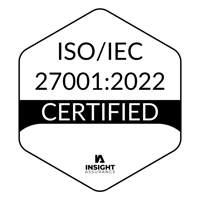In today's competitive job market companies can find it hard to afford to retain quality candidates. For nonprofits specifically, this is even more challenging. How can an organization that isn't self-funded offer benefits that will attract and retain highly skilled individuals? The answer to this lies in more substantial employee healthcare.
In the past the need for a reserve fund, the risk of high claims, and the year-over-year financial uncertainty made it difficult to imagine how an already cash-strapped organization could make self-funding a reality. But creative approaches to self-insurance – such as partial self-funding – have removed many of these obstacles and provided nonprofits with an opportunity to improve benefits while cutting costs.
This has left nonprofits with a more cost-effective way to supply their employees with better healthcare, offering them not only a better pool of employees, but also saving them substantial amounts of money they would be spending on reserve funds, high claims, etc.
To learn more about partial self-funding and how it can help your organization, download our brief white-paper, The Growth of Self-Insurance: A New Opportunity for Nonprofits to Better Fund Employee Healthcare, which explains:
- The pros of partial self-insurancefor a nonprofit organization
- Common barriersnonprofits face when accessing a self-funded insurance model
- How to assess if your organization is a good candidate for partial self-insurance


.png?width=1501&name=Nonstop_Logo-22-Horizontal%20(2).png)



